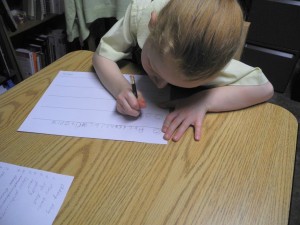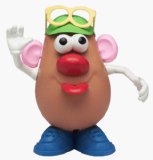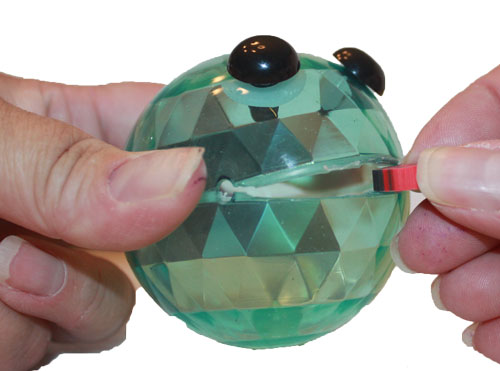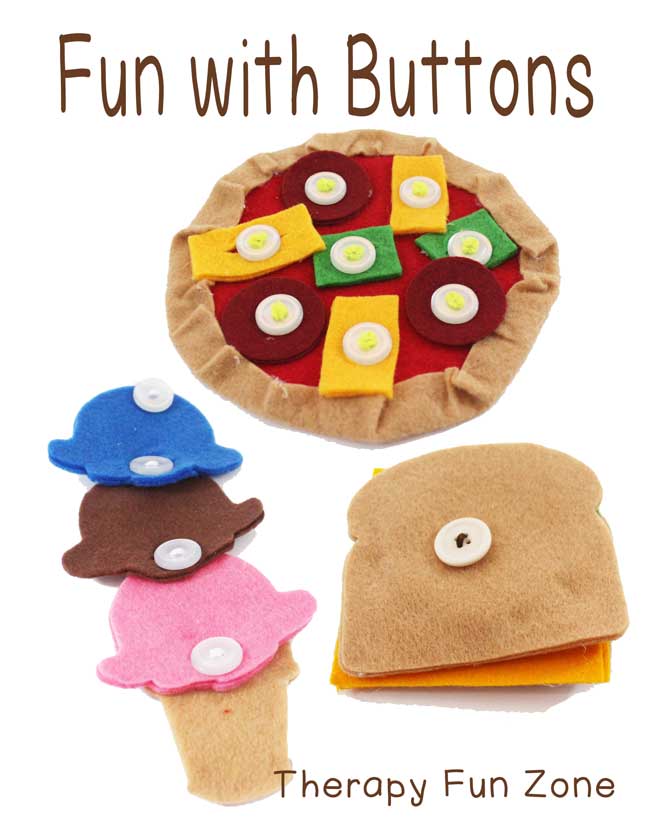Handwriting depends upon a solid base of support!
This post may contain affiliate links.
This is a guest post by Katherine Collmer from Handwriting With Katherine.
Did you know that efficient handwriting skills are first cousins to efficient postural skills? And were you aware that good postural skills are close relatives of effective visual skills? It’s true. The “hip bone IS connected to the thighbone” and, indirectly, to every other bone (and sense) in our body. Postural control is the leader in body positioning; and vision is the leader of the body. And both are leaders in handwriting efficiency. Therefore, handwriting efficiency is dependent upon good posture and visual skills.
In many ways, handwriting skill development begins in infancy. Core body strength and posture are two of the vital links that build handwriting efficiency. As a baby progresses through the developmental stages, she is building the core muscle strength and visual skills that result in good posture. Core muscles include those in the abdomen and back that work together to support the spine and maintain an upright position. The shoulder and hips are also part of the team that provides good core stability. Core muscle strength develops from the trunk outward and begins with reaching with her arms and stretching her arms and legs while on her back. Rolling over skills are a product of muscle development in the hips, abdomen, shoulders and neck and provide her with a platform to push up on her hands and knees in order to continue to develop her core muscles. As she learns to pull herself up to standing, and eventually toddling along on her own, a baby is developing her center of gravity. Her core muscles play a key role in stabilizing her body against the force of gravity as she walks, runs, climbs and even falls. Strong neck, shoulder, back and hip muscles are not only important for gross motor skill development; they are also crucial for the development of the underlying components of fine motor skills.
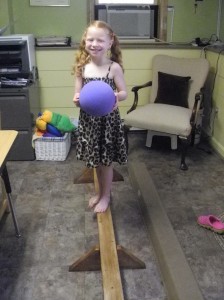
Fine motor skill development is based upon cognitive, visual and gross motor skill development, with vision and gross motor skills working so closely together that the conundrum is “which came first, posture or vision?” It has been said that “our visual system is so dominant that we will alter our body posture to accommodate any deficiency in the way we see.” Accurate vision requires the two eyes to work together in harmony. Binocularity provides the eyes with the proper alignment needed to obtain a clear picture of what is being observed. Together with binocularity, the eyes need to stabilize their position and fixate on a target. When the body provides the stability needed for this to happen, it also gives the eyes the freedom to move together from target to target, as well as to pursue a moving target, with or without movement of the head. An additional essential visual skill is convergence, where the eyes efficiently adjust their focus from near and far distances, providing us with three-dimensional visual experiences. In addition to good eye health, good postural control is necessary for this skill to develop adequately because the child must have control over his movements in space while he is working against gravity – sitting, standing, walking, running and hopping. If there is insufficient postural control to support sufficient vision, the head and eyes will be repositioned in a way to “make it better.” Poor posture can result in tilted heads and slumping bodies, providing a skewed perspective of the world. Hence, poor posture will affect how the eyes collect information and the accuracy of the data that they feed the brain. This is the very information that will guide a child in learning about balance control, spatial relationships and eye-hand coordination. Foundational skills for the mastery of handwriting.
As vision develops, however, it is also “leading the body” in its quest for postural control.
- Gross motor skill development (and postural control) is dependent upon movement.
- And vision leads movement.
- In turn, movement enhances vision.
This learning process relies upon the successful achievement of each step in the developmental cycle. Vision and gross motor development are so closely related that in order for the effective development of gross motor skills, vision skills must be healthy and effective. This process begins at birth from a totally supported position in mom’s arms or on her back on the floor – allowing her eyes to sweep the room for information without moving her head. As vision development continues through the stages of sitting, rolling, crawling and standing, the eyes are provided with support to move smoothly with the head, independent of the head, as well as in various planes, collecting information for learning about her body and the world around her. Optimal visual functioning, however, relies heavily on eye health. Proper eye alignment, muscle strength and eye movements, in addition to eyesight, affect the quality of the information that the eyes provide to the brain for learning. The efficiency of vision skills and the quality of eye health, such as binocularity, eyesight and muscle strength, can at times be quite apparent, as in the case of nearsightedness, amblyopia and strabismus. At times, however, important signs of poor eye health or vision skills can be predominantly hidden, as in the case retinoblastoma. This childhood cancer can lie silent without a trace of a symptom. Thus, it is very important to include a vision assessment in a baby’s wellness visits, beginning at 6 months of age, and continuing throughout her adult life.
Exercises to promote core muscle strength, and in turn visual skills, are included in the links below. They provide excellent visuals, directions and indications for use of the exercises.
- 10 Exercises That Boost Child Development and Core Strength
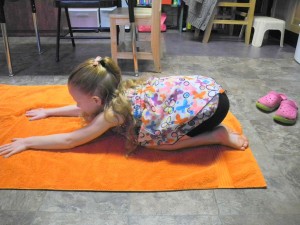
Yoga is a fun activity to strengthen core muscles and enhance vision skills. - Upper Body Strength and Stability Activities
- Core Strength Activities for Preschool and Beginners
- 12 of Our Best Gross Motor Activities for Children With Special Needs
- Gross Motor Activities for Your Special Needs Child
Handwriting is more than putting a pencil to paper. It is the culmination of a “life-time” of skill development that provides the ability to sit up straight without distress, fluid arm movements, efficient visual perception and an appropriate pencil grasp. Handwriting skills play a major role in learning, as they are based upon the essential elements of a child’s development. Posture, head positioning and fine motor control take the lead in handwriting and educational success.
Katherine J. Collmer, M.Ed., OTR/L, is a pediatric occupational therapist who owns and operates a clinic that specializes in the assessment and remediation of handwriting skills. She can be contacted via her website, www.handwritingwithkatherine.com.

